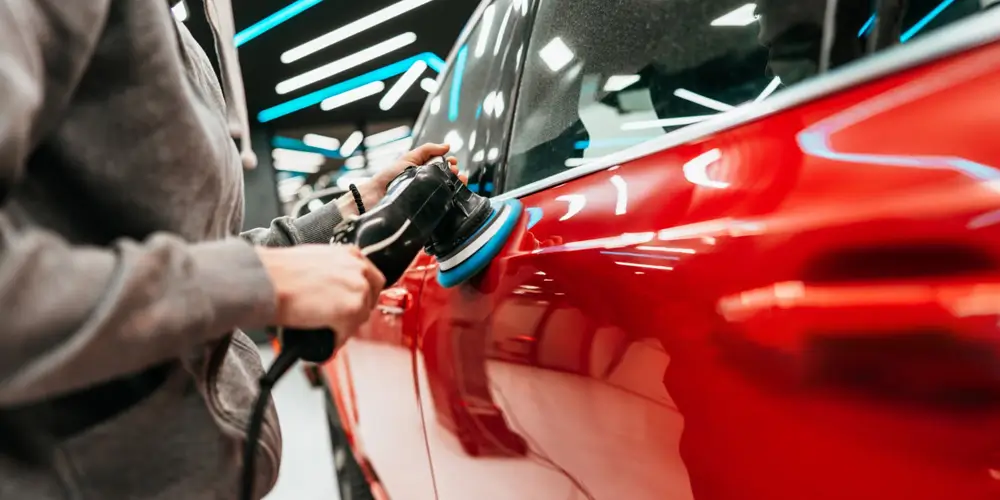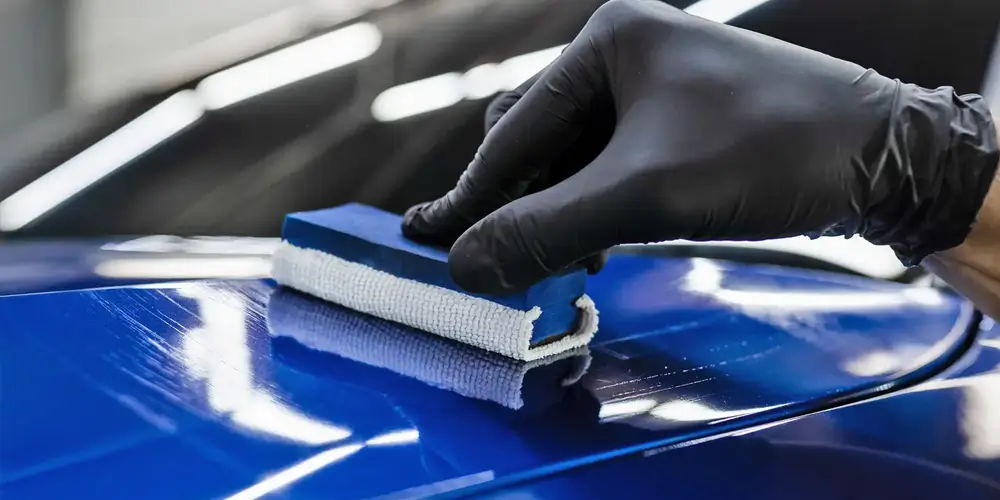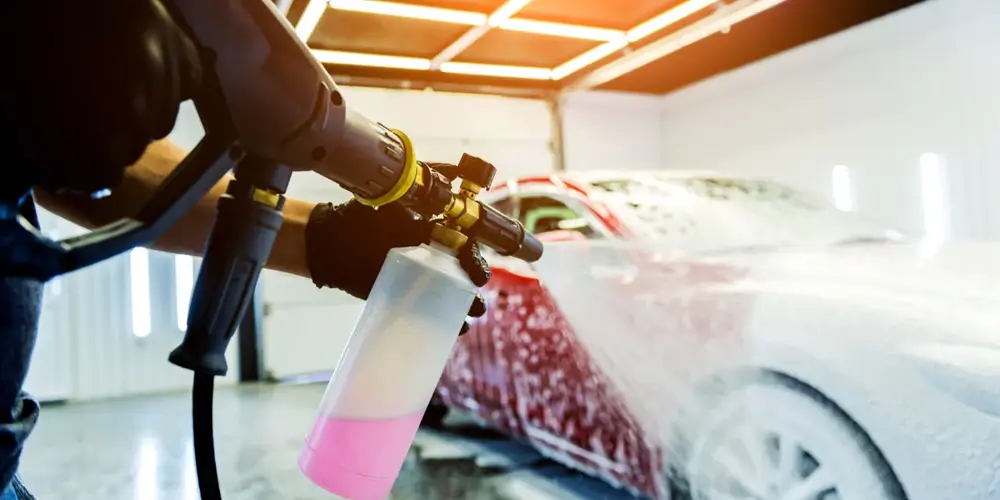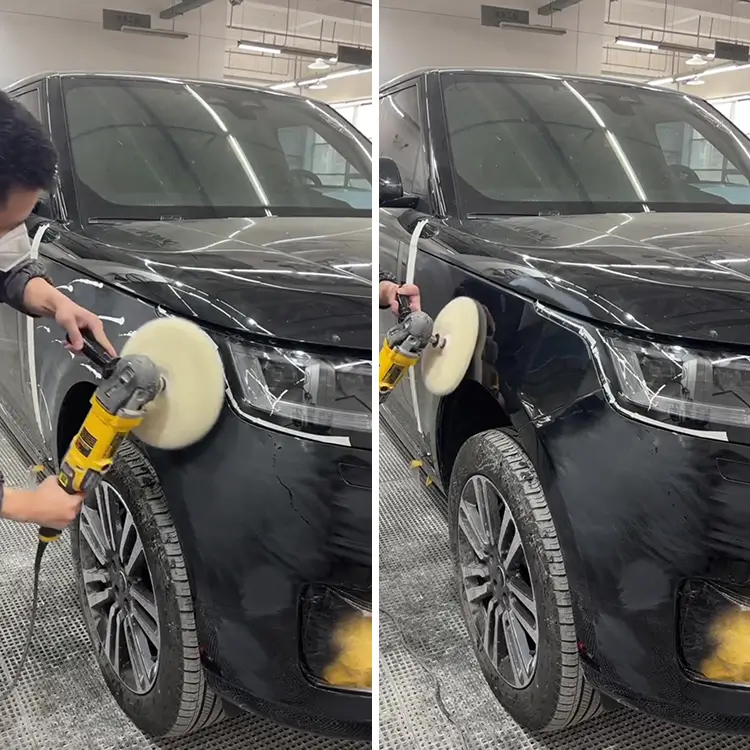What Speed Do You Buff with Wool Pads?
In the world of automotive detailing and paint correction, achieving that flawless finish requires a blend of skill, the right materials, and precise technique. One key factor in effective buffing is the speed at which you operate, especially when using wool pads. Wool pads are known for their ability to cut through imperfections in the paintwork quickly, but using them correctly is crucial to prevent damage and achieve the desired results. In this guide, we’ll explore the recommended speeds for buffing with wool pads, common mistakes to avoid, and best practices for professionals in the automotive care industry.
Understanding Wool Pads in Automotive Polishing
Wool pads are a popular choice in polishing due to their aggressive cutting power, making them ideal for initial stages of paint correction, such as removing deep scratches, oxidation, or heavy swirl marks. They are typically made from natural or synthetic wool fibers, which create friction against the paint surface, breaking down imperfections rapidly. Unlike foam pads, wool pads can remove defects faster, making them efficient for larger jobs or heavily oxidized surfaces.
However, wool pads require careful handling. The heat generated during polishing can lead to unwanted outcomes if not controlled properly, making the speed at which you operate the polisher a critical factor.
Recommended Buffing Speeds with Wool Pads
While there’s no one-size-fits-all answer to the perfect speed, professional detailers generally agree on specific ranges for best results when using wool pads. Let’s break down the recommended speeds by type of polishing tool:
1. Rotary Polisher:
a. Wool pads are frequently used with rotary polishers due to their high cutting power. For most applications, start at a speed between 1000 and 1500 RPM for the initial pass. This range provides enough force to remove defects without overheating the paint.
b. If additional correction is needed, you can gradually increase the speed to around 1800 RPM, but use caution to prevent burning or holograms on the paint surface.
c. For finishing passes, reduce the speed to around 800-1000 RPM to refine the surface and avoid introducing swirl marks.
2. Dual Action (DA) Polisher:
a. Dual-action polishers are safer for beginners but may require slightly higher speeds with wool pads to achieve similar results due to the oscillating motion. Start at 3-4 speed setting on most DA polishers, which translates to around 3000-4000 OPM (Orbits Per Minute).
b. For deeper cuts, increase the speed to 5-6 or around 4800-5800 OPM. Always remember that DA polishers generate less heat than rotary polishers, which can be an advantage for sensitive paint finishes.
3. Random Orbital Polisher:
a. Random orbital polishers are often gentler on surfaces, so when using wool pads, speeds between 3800 and 4800 OPM are typically recommended for cutting. Begin with the lower end of this range and increase as necessary.
b. As with other polishers, finishing passes should be done at slower speeds, around 2500-3500 OPM, to refine the surface without generating excessive heat.
Key Factors in Choosing Buffing Speed
The appropriate buffing speed when using wool pads depends on several factors, including paint hardness, the level of correction required, and the type of wool pad in use. Here are some key considerations:
1. Paint Hardness: Harder paint (such as on European vehicles) often requires higher speeds for effective correction, while softer paints (as found on Japanese vehicles) need lower speeds to avoid over-polishing.
2. Level of Correction Needed: For deep scratches or significant oxidation, higher speeds provide faster results. For lighter corrections, lower speeds are generally sufficient.
3. Type of Wool Pad: Different wool pads have varying fiber densities and lengths, affecting their cut rate. Shorter fiber pads, for instance, cut more aggressively at lower speeds, while longer fiber pads may require slightly higher speeds for the same effect.
Tips for Buffing with Wool Pads
Here are some professional tips to achieve optimal results with wool pads:
1. Start Slow, Then Increase Speed: When working on an unknown paint surface, it’s best to begin at a lower speed, assess the results, and then increase speed as needed. This approach allows for better control over the process.
2. Use Consistent Pressure: Applying too much pressure can lead to overheating and even burning the paint. Maintain a steady pressure and let the pad do the work.
3. Keep the Pad Clean: Wool pads can quickly become clogged with residue from the paint or compound. Clean the pad frequently, either with compressed air or a specialized pad brush, to maintain cutting efficiency.
4. Watch for Heat: The biggest risk when using wool pads, especially at higher speeds, is heat buildup. Work in short bursts and periodically check the surface temperature by touch to avoid damaging the paint.
Mistakes to Avoid When Buffing with Wool Pads
Using wool pads incorrectly can lead to undesirable outcomes, from surface damage to inefficient work. Here are some common mistakes to watch out for:
1. Overheating the Paint: Wool pads can generate significant heat at high speeds. If you notice the paint surface becoming too hot to touch, stop immediately to prevent burning or warping the paint.
2. Using the Wrong Pad for the Job: Different wool pads serve different purposes. Choose a pad with the correct fiber length and density for the job at hand.
3. Skipping the Finishing Step: Wool pads are primarily for cutting, so always follow up with a foam or microfiber pad for finishing. This step reduces swirl marks and holograms, leaving a smooth, polished finish.
4. Neglecting Pad Maintenance: Wool pads require regular cleaning to perform optimally. A clogged pad can leave streaks and prevent you from achieving the best possible finish.
Best Practices for Businesses in Automotive Detailing
For automotive detailing shop owners, repair center operators, or wholesale importers of car care products, investing in high-quality wool pads and equipment is essential to maintain service excellence. Here’s how partnering with SYBON can add value to your operations:
1. Quality Control and Standards: SYBON, with years of expertise in producing premium polishing compounds and abrasive materials, adheres to rigorous production and inspection standards. Our wool pads are designed to withstand high-speed applications, providing durability and efficiency that professionals need.
2. Product Customization: SYBON offers a range of customizable options, ensuring our clients can find products that meet their specific requirements. From varying fiber lengths to density options, we can tailor our wool pads to your precise needs.
3. Expert Support and Consultation: We understand the needs of the automotive detailing industry and offer expert guidance on product usage, selection, and maintenance. Our customer support team is dedicated to helping you achieve optimal results with SYBON products.
4. Sustainable Manufacturing: SYBON is committed to sustainable practices, from raw material sourcing to packaging. Our eco-friendly approach aligns with the increasing demand for responsible business practices in the automotive care industry.
Ready to Enhance Your Business with SYBON?
If you’re a wholesale importer, automotive detailing shop owner, or the head of a car repair center, we invite you to discover the advantages of SYBON’s premium wool pads and polishing compounds. Our products are designed to deliver professional-grade results, and our commitment to quality makes SYBON a trusted partner for your business needs.
To learn more or to start a partnership with SYBON, please fill out the contact form on our website. We look forward to providing you with industry-leading solutions that will elevate your services and set your business apart in the competitive automotive care industry.
Source of this article:https://www.sybonbest.com
Get to know us through more channels:




